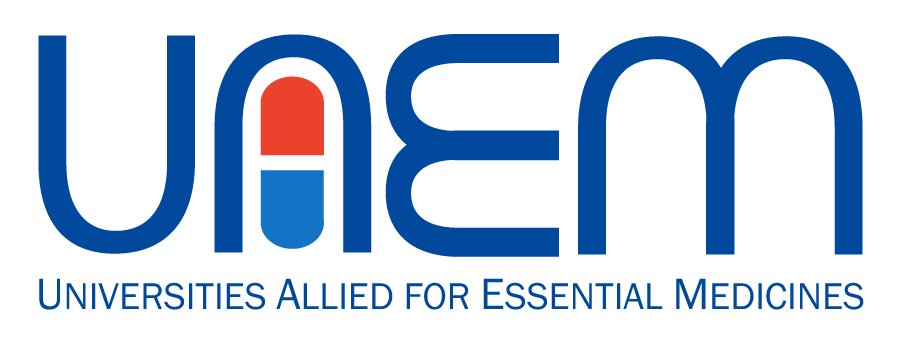Case Study: Student Assembly Resolutions
The UC Berkeley Chapter and UAEM North America’s Affordable Access Plan Campaign have been working with student bodies to fight for access to medicines.
But how?
By Megan Curtin and Diego Lualdi De Nault
What are student assemblies?
Student assemblies (sometimes called associations or councils) are a powerful method for influencing university policy. They exist to represent the interests of the student body. Within the University of California System, where the Affordable Access Plan (AAP) was born, each campus has undergraduate and graduate level assemblies. Top university administrators attend meetings with representatives of these bodies, which can be leveraged as a way to pitch new policies like the AAP directly to technology transfer offices. When student assemblies take a unified stance, it can send a strong message to chancellors and provosts that change is desired.
Student bodies have real power. Around the same time that UAEM at Cal proposed a resolution to the UC Berkeley Graduate Assembly in support of the AAP, the entire UC system had just come out of a six-week graduate student strike. By organizing, in part through their student governments, the graduate students were able to bargain with the university for better wages. Their leverage came as a result of the key role that graduate students play in performing research and teaching classes; without them, the university would not function. There is no doubt that when we shared our Graduate Assembly resolution in support of the AAP, it resulted in a meeting with our technology transfer office. We also passed a resolution with our undergraduate student body, the UC Davis Graduate Student Association, and the UC Student Association, a UC-wide undergraduate council.
Passing Resolutions and UAEM at Cal’s Campaign
Writing a resolution is one central way to collaborate with student bodies. These are formal declarations that get vetted and approved by the body as a whole. To get one on a meeting agenda is as simple as reaching out to a student representative and coordinating with them (emails are often provided on student government websites). The real work is in writing the resolution itself—you should start that before you contact anyone!
First, you will need to clearly state what you want the assembly to do and lay out an argument that conveys why the change you want to make is important. Offer to meet with representatives to provide greater context. To argue for the AAP’s adoption at Berkeley, UAEM members did extensive research into our university’s existing health equity licensing language. That research showed how current humanitarian use clauses were limited and ameliorated the limited transparency of our licensing language. Moreover, we were able to identify how the AAP would expand upon current licensing policies by requiring licensees to present affordable access plans.
UAEM at Cal also delivered short presentations prior to assemblies passing our resolutions. Coordinate with your student body to determine if they would be open to a presentation. Putting a face and a strong voice of support behind a resolution can help representatives feel more confident or knowledgeable about what they are voting on. We also worked to connect with our audience by citing how the AAP is in alignment with our university’s mission and how graduate students, as those conducting the foundational research for new medicines, have a stake in deciding intellectual property policy.
The resolutions written by UAEM at Cal provide background for limitations in university licensing policy and the scope of the AAP. A crucial part of any resolution is also including actionable steps. Our resolutions requested that our university publish their licensing language, meet with UAEM students, and adopt the AAP. Resolutions will only be effective if they are reciprocated to university policy makers. We worked with the assemblies to identify representatives who would communicate the official standing of the assembly with our university administrators and the UC Board of Regents for system-wide adoption of the AAP.
Resolutions are a great way to amplify your message, but the best way to grab university leadership attention is to use them in parallel with other strategies. The resolutions passed by UAEM at Cal came after many information-finding meetings with staff in the technology transfer office, various institutes on campus, and the students at UCLA who had worked on the original AAP. Students provided public comment at UC Board of Regents meetings as well as meeting with UC Berkeley’s Chancellor through her office hours (another great tool to look into). It was the combination of all this effort, not just the resolutions, that made the difference.
